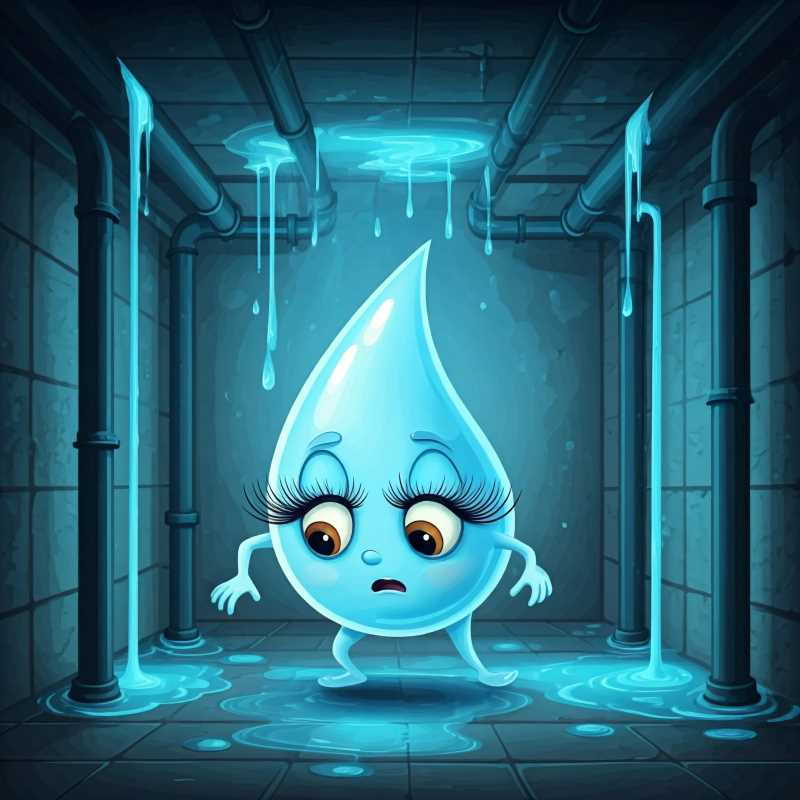How Human Activities Are Drowning Our Water
Water scarcity is a global crisis, with only 1% of Earth's water available for use. Human activities and climate change worsen water quality and availability. Mexico faces unique challenges, including infrastructure issues.

Water, an omnipresent resource, covers more than 70 percent of the Earth’s surface. But despite its abundance, freshwater—suitable for human consumption and ecosystems—remains a scarce commodity, comprising only 2.5 percent of the global water supply. Of this fraction, much is locked away in polar ice caps or buried deep within aquifers, making less than one percent of the world’s water accessible for daily use. The question of water availability, however, goes beyond simple arithmetic. The real crisis stems from how human activities have altered the quality and availability of this vital resource.
Alejandra Fonseca Salazar, an expert in sustainable campus management at the University Coordination for Sustainability (UNAM), emphasizes the critical role human action plays in water contamination and scarcity. From industrial discharges and domestic waste mismanagement to pesticide use and deforestation, human enterprises are responsible for degrading water quality. Such degradation is particularly troubling in urban contexts, where millions of people depend on reliable water supplies for both consumption and economic activities.




